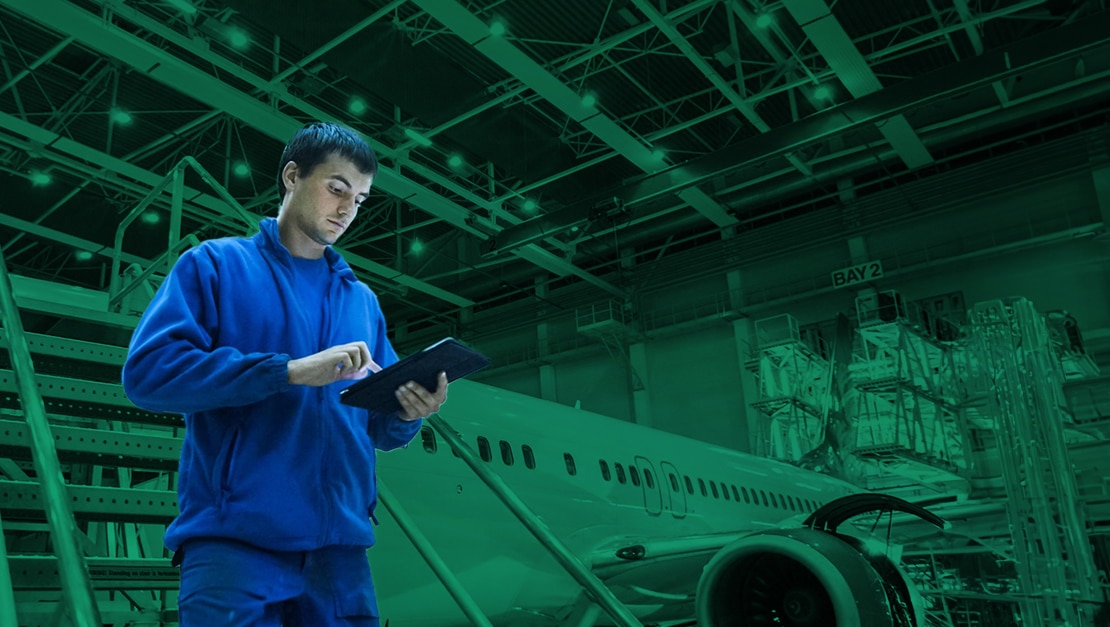There’s a lot of complexity that goes into ensuring food safety and quality. In every step of the process from initial manufacturing, until food hits shelves, there are plenty of opportunities for safety concerns to arise.
Food executives who want to mitigate risks, comply with regulations, and ensure their company is producing safe products have a lot of considerations to contend with. Luckily, emerging technologies are making it simpler for food manufacturers and safety inspectors to comply with regulations, providing concrete solutions to these multi-front challenges.
In this blog post, we’ll take a closer look at some of the risks and challenges involved in guaranteeing food safety, and examine some solutions companies can employ, such as establishing a food safety culture and turning to new tech.
Managing Food Manufacturing Risk
Challenges in food safety stem from different aspects of the manufacturing process. According to the CDC, food safety challenges come from changes in supply chains, consumer preferences, and the environment. Other factors such as changing regulations and operational challenges can also have an effect. To create better food safety solutions, it’s important to first understand the risks involved. Let’s take a look at some of the biggest challenges in food manufacturing.
Supply chain risk
A disruption in the supply chain can lead to delays, low-quality food items, and lost revenue. Here’s how:
- Ingredient quality: The quality and safety of ingredients must be consistent, but when suppliers can’t guarantee a steady supply, turning to alternate ingredients can be risky.
- Disruptions: Unplanned events like natural disasters, transportation problems, or supplier issues can interrupt a supply chain and lead to production delays.
- Transparency: Making sure every ingredient from every supplier is traceable and transparent helps identify potential risks before they arise, but a lack of transparency can lead to long-term problems like contamination or product recalls.
Evolving regulatory compliance
With food laws always changing based on current technology and needs, companies need to stay on top of it all to ensure their business is compliant. Let’s look at some compliance-related risks.
- Changing regulations: Food manufacturers always need to be up-to-date on government standards and regulations when it comes to managing food safety. Failure to be aware of new regulations can lead to fines, legal action, or products being removed from shelves.
- Documentation: Food companies all need to maintain records to show their compliance with regulations, which could be a time-consuming process.
- International compliance: For food manufacturers who deal internationally, exporting products means also complying with different local regulations and maintaining documentation for each region or country, making operations riskier and more complex.
Operational challenges
A big part of ensuring the safety of your food and manufacturing process is examining your operations and determining if they’re optimized for creating the highest quality products. Here are some risks to watch out for:
- Equipment maintenance: Manufacturing equipment needs to constantly perform at peak capacity to avoid failures or breakdowns, which can lead to delays or low-quality products.
- Standardization: The products you produce need to be consistent in their appearance, quality, and taste in order not to hurt your brand, which can be a challenge for production lines.
- Managing workforce: If your company has a diverse and spread-out workforce, organizing workflows across different manufacturing plants or teams can be tricky, and a blip in organization can lead to delays or a dip in quality.
Food safety concerns
Aside from external factors like the ones we’ve covered, ensuring food is safe and of good quality is a major concern for manufacturers. Some challenges they face include:
- Contamination: Food can be contaminated with pathogens or bacteria, resulting in lost product, time, and resources to get a manufacturing floor back to working order and potentially risking recalls and further inspections. In fact, contamination in the manufacturing process is listed as one of the FDA’s most frequent food safety violations.
- Managing shelf life: Product quality needs to be maintained throughout its shelf life, meaning it needs to be properly packaged, stored, and labeled to avoid compromising quality.
- Allergens: Ingredients in different food products need to be separated to avoid cross-contamination so that allergen incidents are avoided.
Cultivating a Culture of Food Safety
Following industry standards or regulations isn’t enough to ensure your food is safe to consume. In order to guarantee quality and safety, your company needs to create a culture around food safety so that it’s ingrained in every work process. That said, building a culture around food safety culture isn’t simple, and requires laying the groundwork for a solid foundation. Here are five ways you can accomplish that in your company.
1. Leading the way
All levels of management within your company must demonstrate a commitment to food safety. This can be done through regular communication on changes and updates to regulations and consistently emphasized as a core value of the company.
2. Ongoing training
Employees should receive regular training and refreshers on food safety practices including procedures, regulations, and potential risks in existing operations. Training programs should include topics on proper handling and storage of ingredients and equipment, allergen management, hygiene, sanitation, HACCP guidelines, and more.
3. Transparent communication
Procedures and policies should be communicated transparently at all levels of your organization. This might include sharing documentation, employee education, and ensuring employees understand certain decisions management makes and how it affects food safety. It should also include a system for reporting concerns or incidents that can impact quality and safety.
4. Empowered workforce
Encourage your employees to take ownership of food safety initiatives so that your organization fosters a sense of accountability. Create procedures for employees to identify potential hazards or non-compliance issues and recognize individuals when they continuously uphold food safety standards.
5. Regular inspections
Consistently conduct internal inspections and audits for your workforce, machines, procedures, and products to look for potential risks and areas of improvement. By showing employees you don’t only wait for external inspections, you can cultivate a sense of responsibility in maintaining a high standard for your work environment and identify areas to offer feedback.
Navigating Food Safety Challenges With Technology
No matter what products you produce, there’s no denying that implementing new technologies in the food manufacturing industry makes production safer. Not only do new technologies help ensure quality, but they also provide data, which is invaluable when it comes to optimizing work processes.
There have been several recent advances in food technology that are helping ensure food safety, such as:
- Digital temperature monitoring systems to automatically manage and record data during the manufacturing and storage processes
- Robotics help automate workflows and improve the overall quality of products
- Digital sensors allow manufacturers to monitor food production processes to improve the accuracy and visibility of a supply chain
While these technologies have helped food manufacturers make strides, the ability of one technology has helped tie all aspects of the production floor together: AI. With artificial intelligence tools, food companies can:
- Better manage quality control
- Optimize processes
- Oversee the supply chain
- Predict machinery maintenance needs
- Automate robotics operations
- Forecast inventory
aiOla: Improving Food Safety Through AI-Powered Speech Technology
AI-powered speech technology platform, aiOla, is helping food manufacturers gather data through spoken language in order to help companies improve their workflows and make smarter decisions. With aiOla, food manufacturers can benefit from powerful technology to harness the power of speech data with minimal disruption to existing workflows, allowing employees to use the platform completely hands-free while focusing on maintaining quality and safety standards.
aiOla allows food manufacturers to optimize operations by:
- Automating inspections by simply speaking to complete operations
- Mitigating risks by gathering data from speech on the manufacturing floor to reduce the chance of contamination, machine failure, or a slow-down in production
- Streamlining inventory reporting, packaging and quality control to minimize supply chain disruptions for faster operations and improved accuracy
- Enabling data collection in diverse workforces through capturing speech in over 100 languages, different accents, and loud environments
- Extracting data through speech in industry-specific jargon, so no essential information is missed
The data gathered can then be used to help companies save time and resources when it comes to production and foresee any potential risks that can lead to lost revenue. Not only that, but aiOla’s speech-driven data allows for increased transparency in an organization. This helps businesses gather more relevant information to provide their employees with better feedback and foster a culture of food safety that’s based on concrete data.
Reach out today for a demo on how aiOla can help improve your company’s food safety standards.








